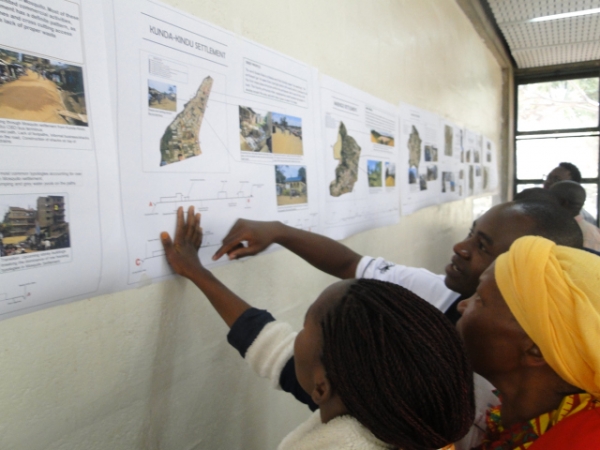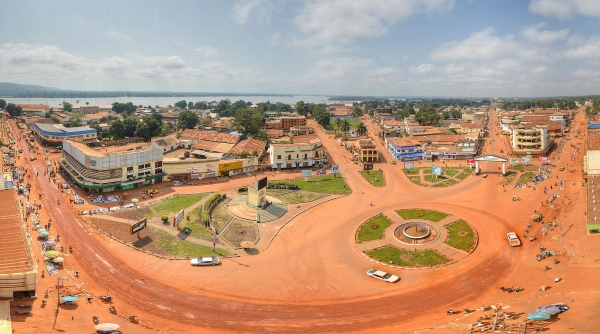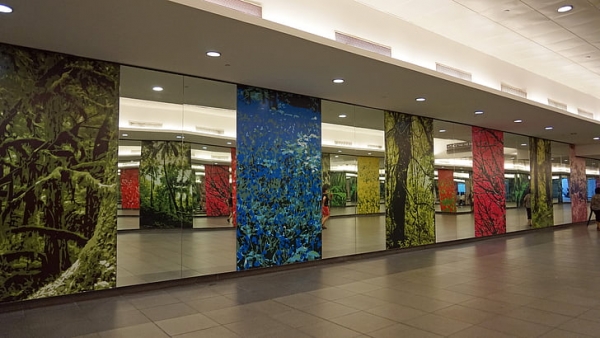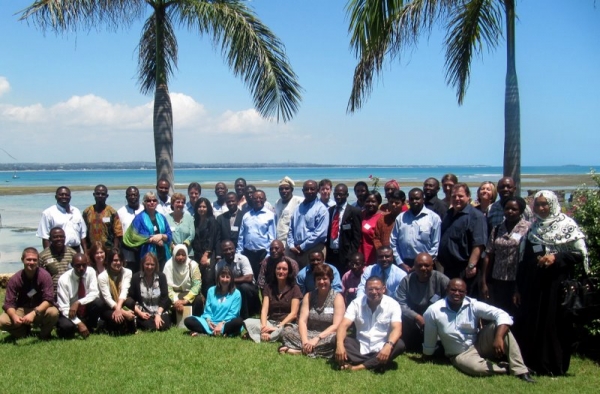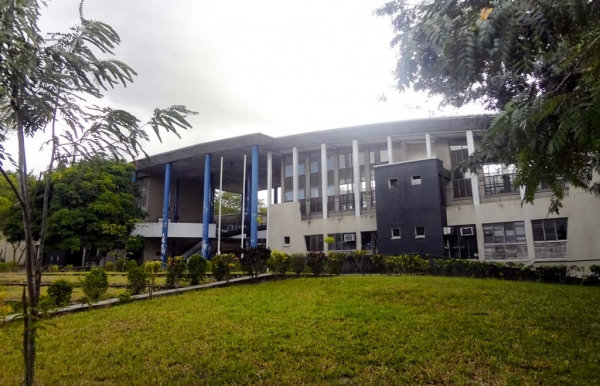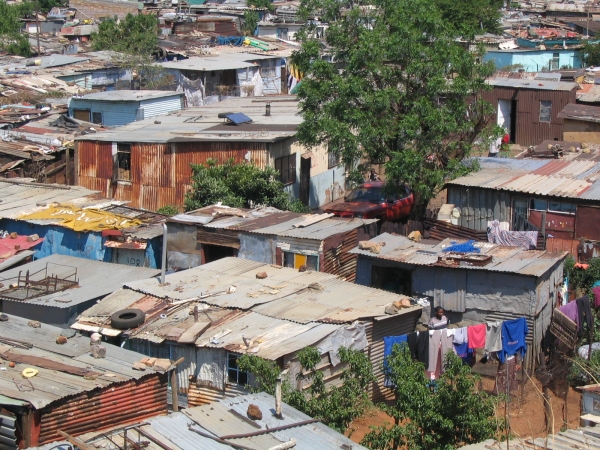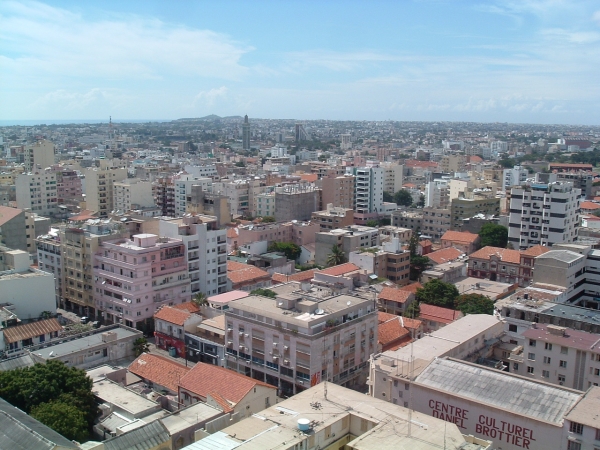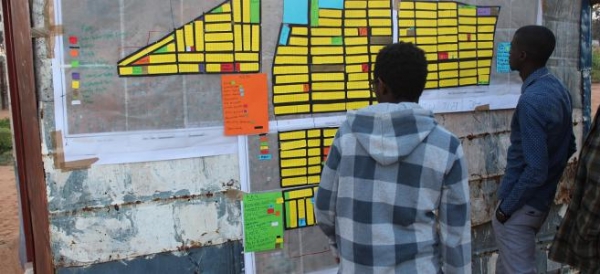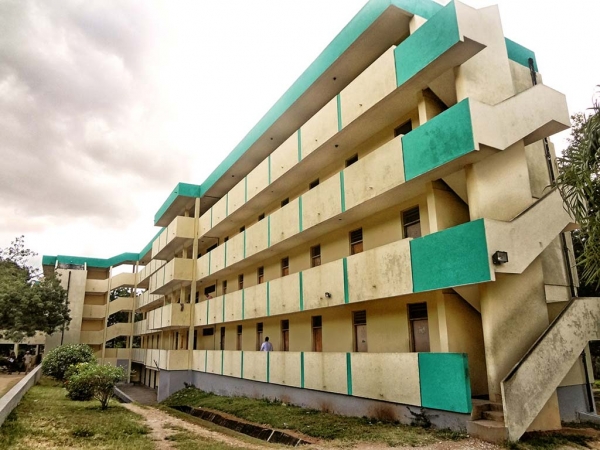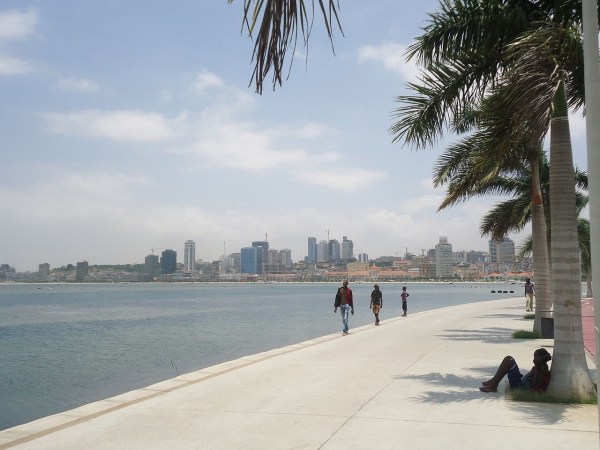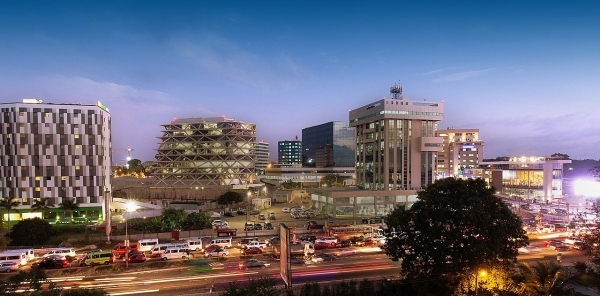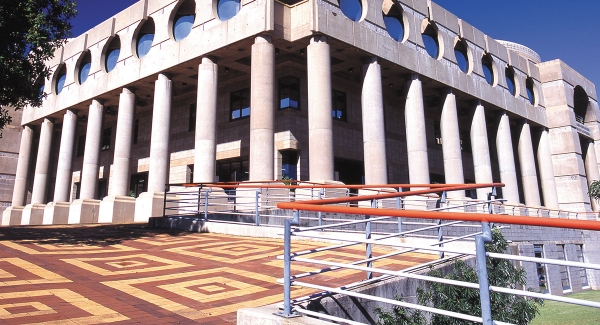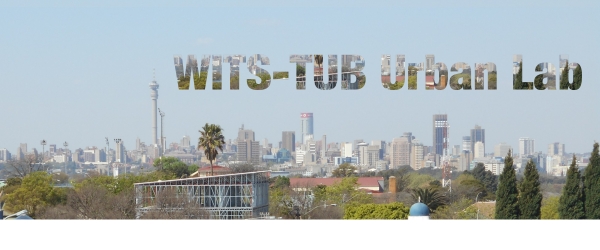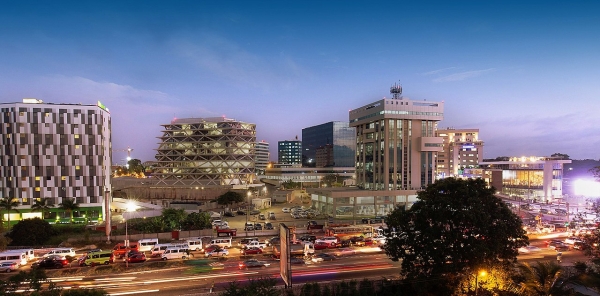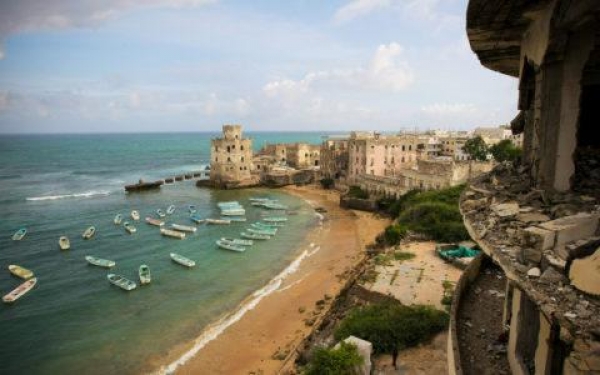AAPS and SDI are currently engaged in community-based studios in four African countries, with funding from Cities Alliance. This blog gives an update on the Kenyan project.
BY NYASANI MBAKA AND GRACE GITHIRI (SDI-KENYA)
The 2nd of August in Nairobi saw an achievement for slum dwellers from Kitui communities across 5 settlements in Kitui. The implementing partners held a workshop to mark the end of data collection and mapping in the two-year project funded by Cities Alliance. Over that time, we have seen remarkable changes in both levels of empowerment and living conditions of Kitui slum residents.
Between January and January 2016/17 the Association of African Planning Schools (AAPS), the University of Nairobi and Slum/Shack Dwellers International (SDI)-Kenya made a commitment to jointly hold a planning studio in Kitui town, Kenya. This studio is incorporating five different informal settlements; Mjini, Mosquito, Kunda-Kindu, Majengo and Kalundu, and being coordinated by SDI-Kenya, Muungano wa Wanavijiji and the University of Nairobi.
A group of community members from five settlements in Kitui and two officials from the County government visited the University of Nairobi for a feedback session of the previously collected data in the settlements. In addition to the Kitui communities participated in the data collection and mapping as well as the data feedback workshop, the Nairobi workshop studio had officials from the Kitui County governments specifically from the department of physical planning in attendance; who have been working with the federation in Kitui in various water and sanitation projects.
Kitui town is in Kitui County as the administrative county headquarters and largest town in the County. According to the 2009 census report, the county has a population of 1,012,709 (2009 census) and an area of 24,385.1 km². The town has a population of 109,568 people, according to the Kenya 2009 Population and Housing census (most of who resided in peri-urban and rural form of settlements). The second largest urban centre in the county is Mwingi town, which has a population under 15,970 people. This clearly indicates the position of Kitui as a significant intermediate city, and the only major urban centre in a county.
The purpose of the workshop was to foster discussions around the ongoing studio in Kitui town by SDI-Kenya and the Centre for Urban Research and Innovations, University of Nairobi. The objectives of the meeting were: to share the data that had been collected in Kitui town, critique and discussions on way forward for the studio and for Kitui town. The students from the University of Nairobi conducted the presentation with support from the research assistants and technical officer from SDI-Kenya.
At the same time, Muungano wa Wanavijiji and SDI-Kenya worked to support the County government to engage with the settlement based processes so they could understand and trust the information being put forward. Women have frequently been at the forefront of these processes: a remarkable achievement in situations where women previously did not feel it was their place to talk about needs for themselves and their community publicly.
At the inception workshop, a slum-dweller from Mjini, Hellen Munyao put it simply by saying, ‘today I came here to the University of Nairobi to speak in this gathering composed of professors, county officials and students’ – for me this is a greater shift where society demanded that a woman rarely went outside her community never mind travelling to a large venue in the capital city and speaking about her experiences in front of senior officials.
The practices of participatory planning have now been entrenched in the regular business of county governments. The communities attending the workshop were highly motivated to set up slum and markets improvement committees, with elected leaders and a smooth hand-over process in place. The communities have experience of not only a one-off planning exercise, but of reviewing their plans on an annual basis, and presenting them to the county at the relevant point in the planning cycle so they can be considered in the annual budgeting cycle. The Kitui county government as well as other counties has put significant funds towards supporting community priorities.
Chris Vundi, an urban planner with Kitui County government intimated, “We are clear that planning is never enough. More is learned again when actions are jointly implemented. So in every case we worked jointly to introduce appropriate technologies for service delivery and to facilitate linkages to support communities in aspects of their plans that were beyond our scope”.
Where infrastructure was built such as public markets, bus terminus, pathways and drains, the communities ought to identify improvement priorities and take lead in the development of such infrastructure to ensure good quality workmanship.
The community appreciated the information from the presentation approving it as true. They therefore thought some things would be done to reduce challenges of water access and quality. Key challenges highlighted include vandalism and destruction of water infrastructure. However, water harvesting was considered as a strategy to addressing the perennial water shortages.
The community members observed that there is a challenge with sewer infrastructure in the county and the county officials acknowledged the nuisance of the high levels of pit latrine usage in these settlements. They therefore proposed connection of sewer in all households
Heaps of garbage was reported as a norm in all the settlements. A resident from Mjini suggested central collection points or bins within the settlements where everyone disposes their waste. Some responded that there may be no space for this but the suggestion was approved by the majority.
Community members from Kalundu raised the issue of the location of dumpsite besides river Kalundu. They were then asked what they thought should replace the dumpsite where they proposed: a recreation site, a school and dispensary which are lacking in the settlement. A resident from Mjini who was highly objected by those from Kalundu suggested that it remains a dumpsite but should be constructed and managed in a way waste doesn’t get into the river.
Waste management has been a common thread across all five settlements and the community has demonstrated exciting new innovations in waste treatment technologies such as the production of biogas, plug-flow designs, establishment of new and rehabilitation designated waste sites. By working regionally Muungano wa Wanavijiji has been able to share experiences across other counties, and between community peers at the national level. This has created opportunities for the more widespread uptake of the technologies in settlement upgrading.
The workshop itself included speakers from the Kitui communities, County government, the University of Nairobi, Centre for Urban Research and Innovations and SDI-Kenya. Jack Makau, the director of SDI-Kenya, praised the project for its effectiveness and reiterated the SDI’s readiness to keep supporting this kind of initiative in future.
At the end of the workshop, Dr Musyimi Mbathi from the University of Nairobi’s department of Urban and Regional planning summed up the three messages key messages from the day as:
- The importance and power of participatory planning.
- That by bringing voices of slum dwellers together, it is possible to leverage significant resources from a range of different stakeholders far beyond the funds available in the project itself.
- That urban issue remains complex, which emphasizes the importance of regional peer-learning to share experiences and encouragement widely.
This article has been reposted from the City Practice blog.
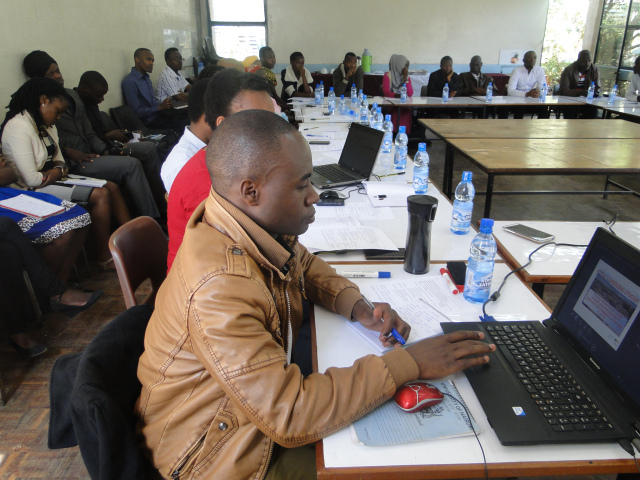 Kitui community workshop held at the University of Nairobi.
Kitui community workshop held at the University of Nairobi.

